3D House Flipping Design Software
Create Professional 2D & 3D Designs to Renovate Your House Flip
Full toolkit to create floor plans and remodeling designs
Watch your house flipping design come to life in 3D
Generate 3D renderings in minutes for professional real estate posts

Design 2D House Flip Layouts and 3D Visualizations Online
Deliver stunning 3D visualizations to your clients that will improve your sales numbers and present a professional image of your brand. Cedreo simplifies the pre-sales process by allowing you to create 2D house flip layouts and conceptual home designs in under two hours.
If you want to draw house floor plans, furnish and decorate a house flip project, or generate photorealistic interior and exterior 3D renderings for sales presentations, Cedreo’s user-friendly interface makes it easy.
Your clients will love the expedited design process and your team will enjoy the software’s intuitive tools and fully cloud-based platform. Keep reading to learn why professionals who want to sell more construction projects, optimize their workflows, and save time and money choose Cedreo.
Learn More About Remodeling Software2D Renovation Layouts
Architects, designers, builders, and remodelers need efficient and cost-effective layout drafting solutions to increase sales and improve customer satisfaction. With Cedreo, house flipping professionals can create 2D renovation layouts that make their clients’ dreams a reality. Get a fully realized, simplified floor plan in a fraction of the time with all the building specifications your contractors need to execute the project without mistakes or delays.
Learn More About 2D Plans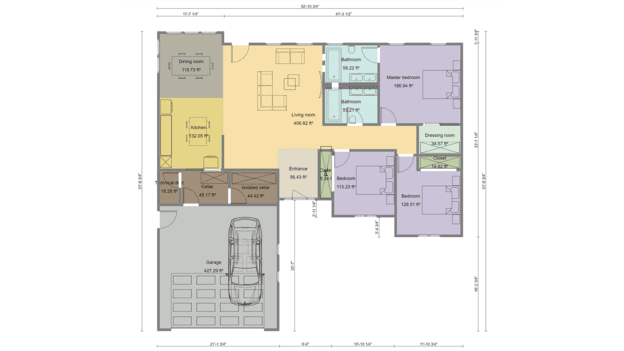
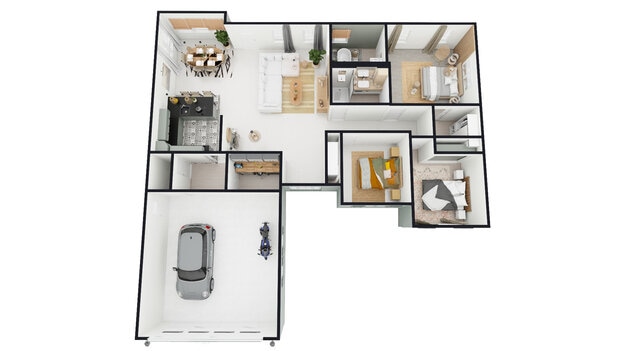
3D Renovation Designs
Capture your customers’ imaginations with the power of Cedreo’s 3D renovation designs. Cedreo’s advanced, user-friendly software allows designers, builders, and house flipping professionals to visualize the finished project as they build a layout in the 2D window. With Cedreo, you’ll be able to demonstrate your vision and captivate your customers without the hassle or expense of hiring a professional 3D designer.
Learn More About 3D PlansPhotorealistic Renderings
Cedreo brings your vision to life with professional photorealistic renderings. In under five minutes, conjure a lifelike visual representation of your client’s house flip project that will allow them to fall in love with their remodeled home before you even begin your work. Cedreo’s software can increase sales by demonstrating the effect of upgrades and add-ons without lengthy sales pitches or explanations. One click is all it takes to show your clients what your team is capable of.
Learn More About 3D Renderings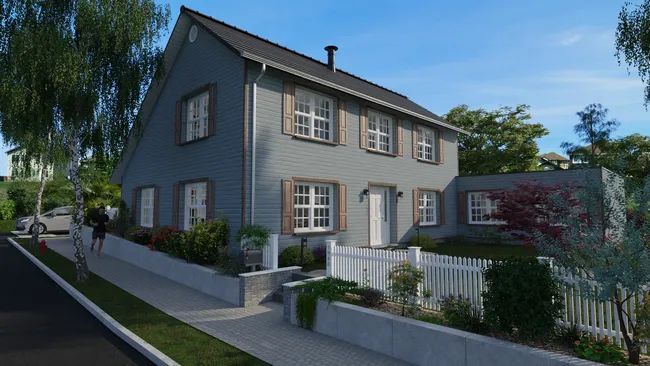
A Complete Toolkit for Faster House Flipping Designs
Cedreo has everything a house flip professional needs to complete the drafting and pre-sales process with ease. Choose between a wide variety of customizable features and furnishings, create a complete house flip design, and then bring a 2D layout and 3D house flipping design to your clients in under two hours.
Select from 4,000 Customizable Exterior Surface Coverings
Provide your clients with the opportunity to visualize their upgraded curb appeal with photorealistic renderings of their house flip’s exterior.
Choose From a Catalog of 3D Furnishings
Cedreo’s catalog of over 3000 unique furnishings will help your client feel right at home before the project has even begun.
Customize Lighting Displays
Choose from interior, exterior, daylight, or nighttime presentation settings to offer your client a comprehensive vision of what their project will look like.
Draw in 2D & Visualize in 3D
Lorem ipsum dolor sit amet, consectetur adipiscing elit.
Design Faster with Grouped Product Packs
Decorating plans are simple with Cedreo’s grouped product packs. Create a cohesive feel across your client’s whole home with just one click.
Set the Sun Orientation
Don’t let misplaced shadows hide your design’s best features. With Cedreo’s photorealistic 3D renderings, you can choose the angle of the sun that most flatters your client’s home.
3D House Flip Renovation Design Software for Any Design Professional
Cedreo’s user-friendly design software makes it easy to plan and sell any house flip or remodel project.
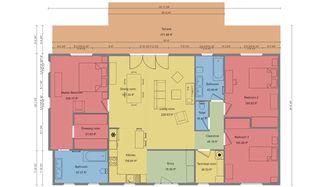
2D House Flip Layout
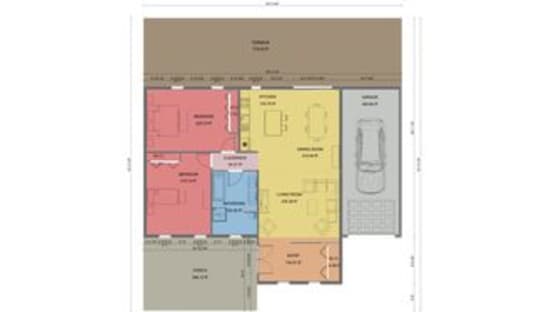
2D House Flip Floor Plan
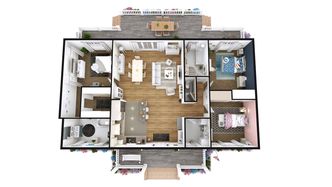
3D House Flip Layout
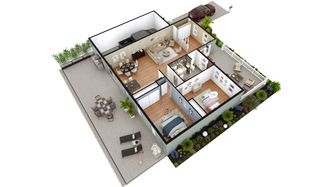
3D House Flip Design
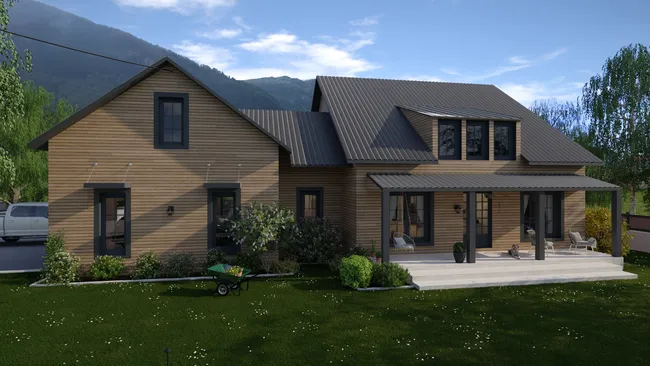
House Flip Exterior Rendering
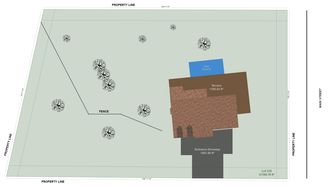
House Flip Site Plan
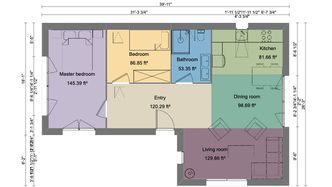
2-bedroom House Flip Layout
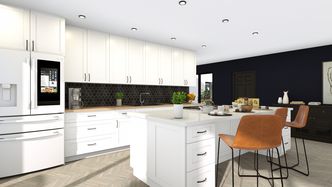
Flipped House Kitchen Rendering
House Flipping Design Software FAQs
House flipping design software can help you get a handle on your designs and streamline the planning process. Even so, you probably have a few questions about what software to choose, the costs associated with this approach and more. Let’s take a look at a few of those questions now.
Is House Flipping Software Expensive?
While the return on investment (ROI) for a house flip changes from year to year, using the right software can help you manage your budget while creating stellar designs. Most software options offer tiered pricing subscriptions so you get what you need at a fair price.
Which Renovations are the Best Value?
Most house flips are in part about getting more value out of a home. Unfortunately, not every renovation will recoup project costs. In most cases, the simplest renovation projects are the best in terms of ROI. Of course, you’ll need to balance your or your client’s wants with practical renovations.
Which Design Software Should You Choose?
With so many options on the market, it can be hard to find out which house-flipping design software is the right option for your project. For everyone from professional contractors to DIY designers, Cedreo offers a powerful suite of design tools that are both feature-packed and easy to use.